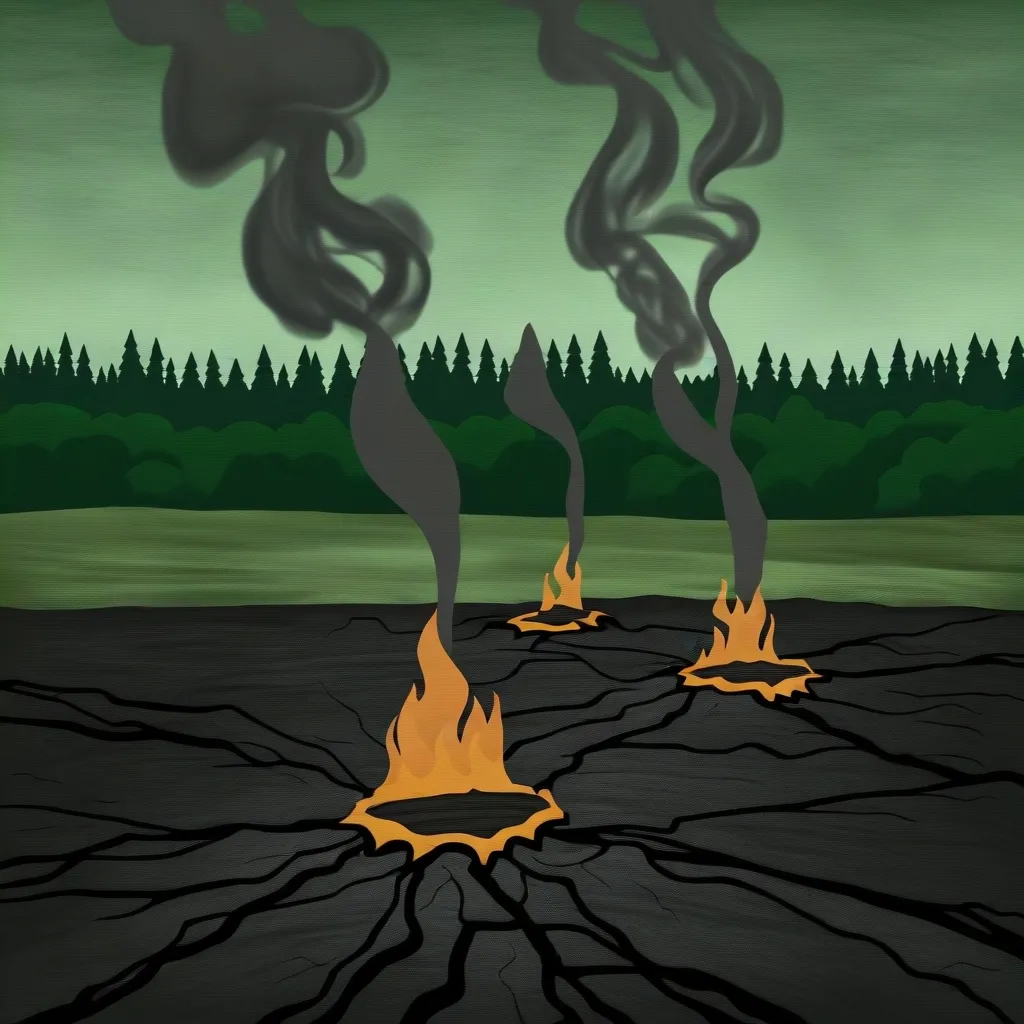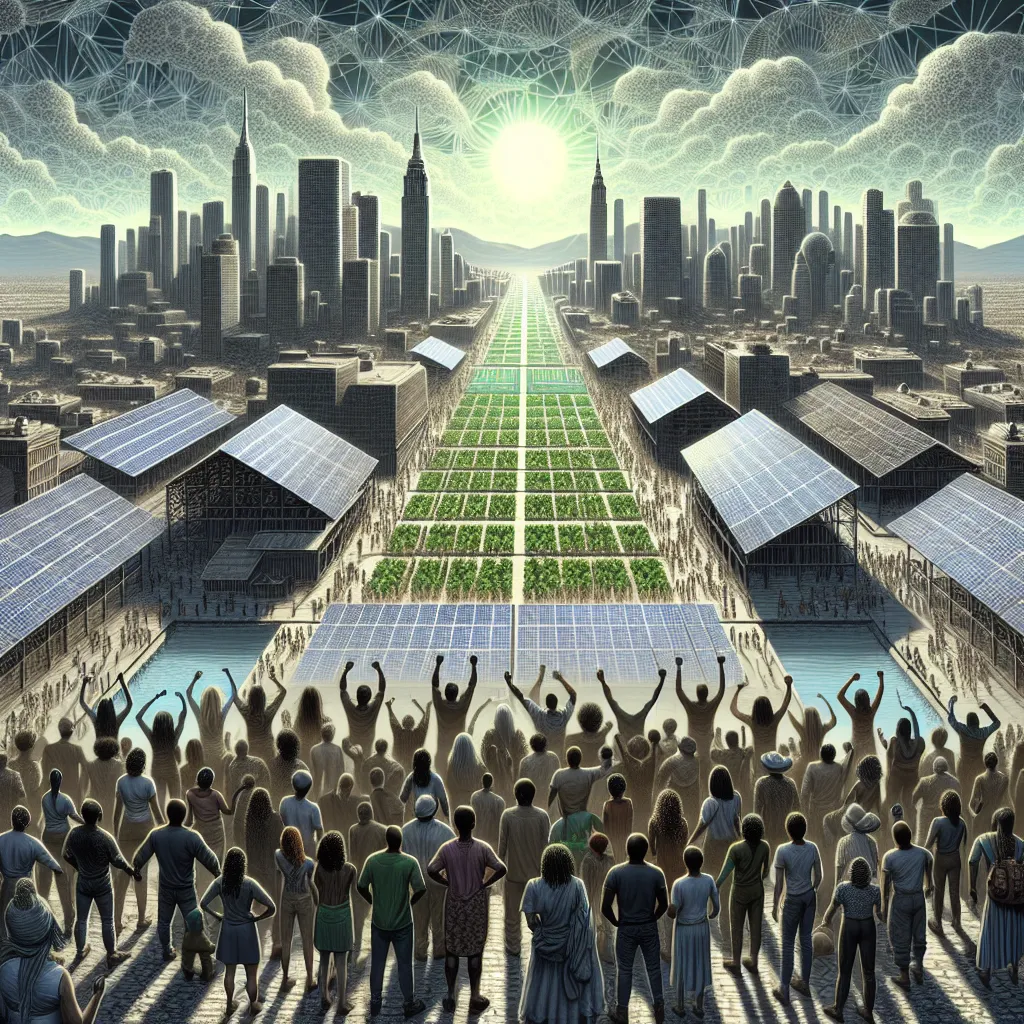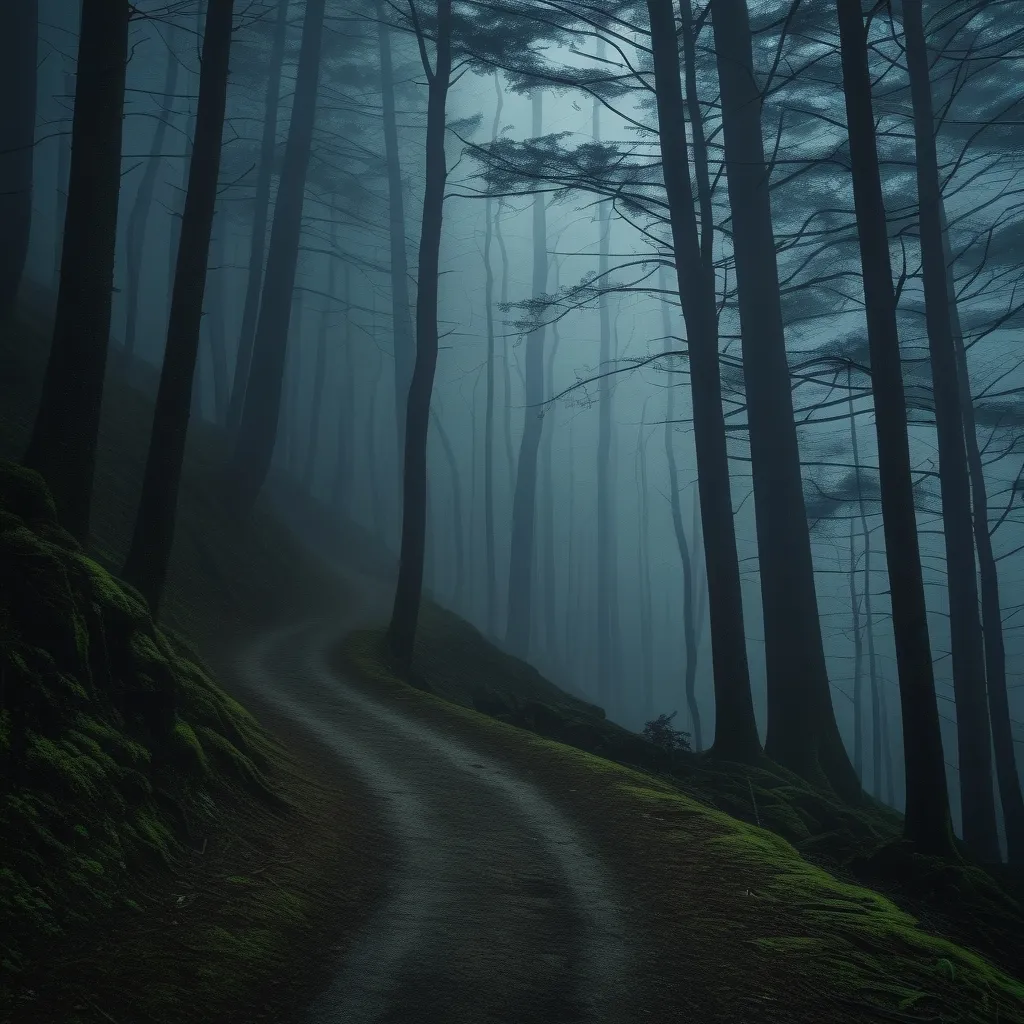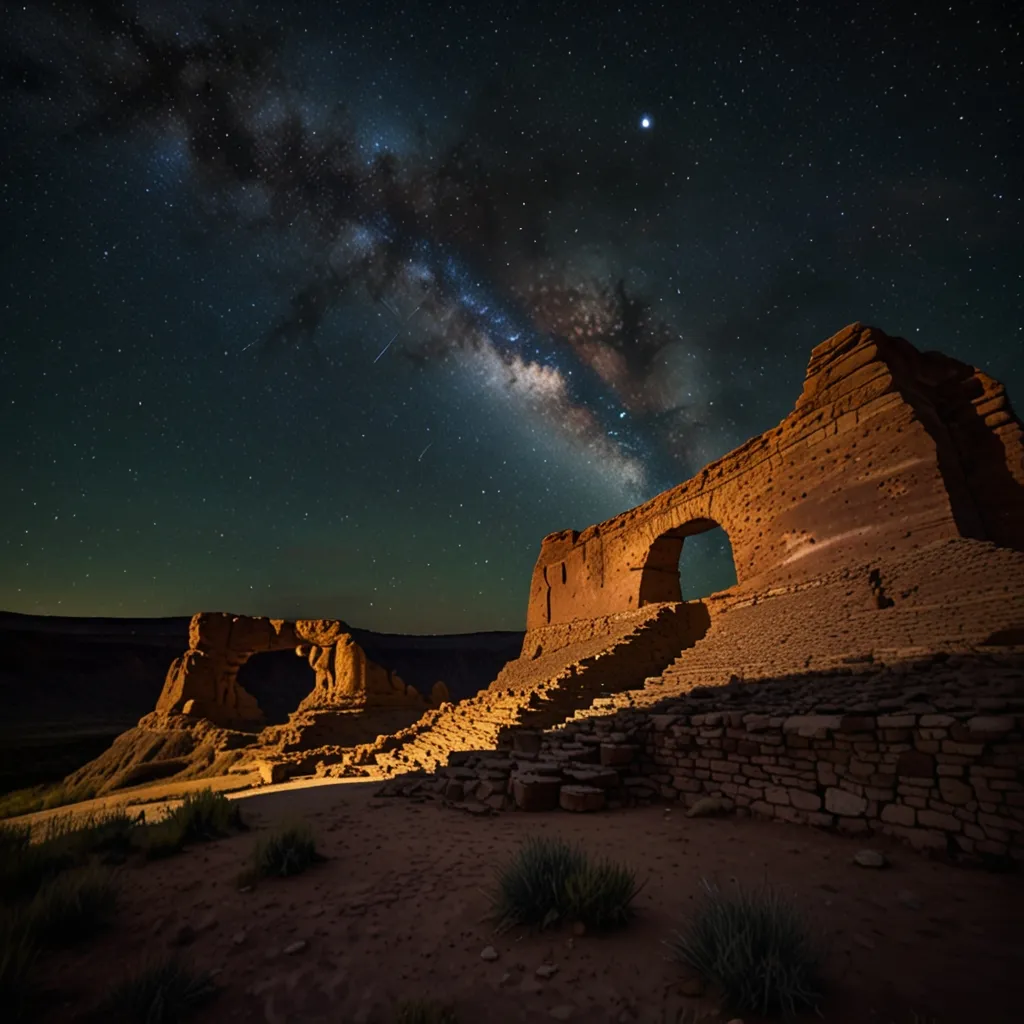Zombie Fires: The Eerie Phenomenon Beneath Our Feet
Ever heard of a fire that refuses to die? Welcome to the world of zombie fires, a haunting reality lurking in the depths of our planet’s peatlands. These aren’t your typical campfire stories - they’re a genuine environmental nightmare that’s been catching the attention of scientists and firefighters alike.
Picture this: a fire that smolders underground, playing hide and seek with those trying to extinguish it, only to pop up months or even years later like an uninvited guest. That’s a zombie fire for you. It’s like that one friend who overstays their welcome, but way more destructive.
These fires are particularly fond of peatlands, areas rich in organic soil that’s basically a buffet of partially decayed plant matter. Unlike regular wildfires that put on a big show and then fizzle out, peat fires are the marathon runners of the fire world. They burn slowly and deeply, burrowing into the soil like a mole with a mission.
The tricky part? You can’t see them. Firefighters might think they’ve won the battle, only for the fire to be laughing silently underground, waiting for the right moment to make a comeback. It’s like playing whack-a-mole, but with potentially catastrophic consequences.
Now, you might be thinking, “So what? It’s just a slow-burning fire.” But hold onto your hats, because the impact of these zombie fires is far from trivial. Let’s talk about the smoke these sneaky fires produce. It’s not your average campfire smoke that makes your clothes smell funny. This stuff is nasty.
The smoke from zombie fires is like that annoying neighbor who never leaves - it hangs around close to the ground, creating a toxic haze that’s bad news for anyone with lungs. We’re talking severe respiratory and cardiovascular problems here. In places like Southeast Asia, particularly Indonesia, these fires have turned into a regular public health crisis. Imagine trying to go about your day when the air you’re breathing is filled with pollutants that could potentially kill you. Not exactly a walk in the park, is it?
But wait, there’s more! These fires are like little carbon factories, pumping out up to 100 times more carbon than your average flaming fire. That’s right, they’re climate change’s best buddies, contributing significantly to our planet’s warming. And let’s not forget about the damage they do to nearby farmlands and forests. It’s like they’re on a mission to destroy everything in their path.
So, what’s being done about this fiery menace? Enter the heroes in lab coats. Researchers at Imperial College London, led by Dwi Purnomo and Professor Guillermo Rein, have been diving deep into the world of zombie fires. They’re not out there with water hoses (though that would make for some great photos). Instead, they’re using fancy computer simulations to understand how these fires behave.
Their findings? It’s all about moisture, baby. The amount of water in the soil plays a huge role in whether these fires will spread or not. It’s like the difference between trying to light a wet log and a dry one. If the peat soil has a moisture content of 70%, the fire can spread like gossip in a small town. But bump that up to 100% moisture, and suddenly the fire’s plans are all washed up.
This research isn’t just for fun facts to share at parties (though it would make for some interesting conversation). It has real-world implications. Landowners and authorities can use this information to manage their peatlands better. By keeping an eye on soil moisture levels, especially during rainy seasons, they can significantly reduce the risk of these fires. It’s like giving nature a helping hand in fire prevention.
But don’t think these zombie fires are just a tropical problem. Oh no, they’ve got a taste for the cold too. Arctic zombie fires are a thing, and they’re just as sneaky as their warm-weather cousins. These cold-climate fires can smolder underground all winter, like a bear hibernating, only to wake up and cause havoc in the spring.
Biologist Jennifer Baltzer and her team have been studying these Arctic troublemakers. They found that these fires often hang out in drier, upland areas with lots of trees. Instead of burning in peat layers, they prefer to munch on woody tree roots. It’s like they’ve adapted to a different diet up north.
The good news? These Arctic zombie fires might not be as bad for the environment as we first thought. They don’t usually reach the forest canopy and burn less plant material overall. It’s like they’re on a diet compared to their tropical relatives.
But here’s the kicker - climate change is making these fires more common and intense in the Arctic. As the atmosphere warms up faster than a microwave dinner, peat soils can sometimes heat up to the point of smoldering without any outside help. Scientists call this “spontaneous combustion,” which sounds like something out of a superhero comic but is actually a real and concerning phenomenon.
Now, let’s talk about fighting these underground menaces. It’s not as simple as dumping a bucket of water and calling it a day. Traditional firefighting methods often fail because water doesn’t always reach the smoldering areas deep in the soil. It’s like trying to water a plant by sprinkling the top of the soil - it just doesn’t get to the roots.
But fear not! Scientists have been cooking up some solutions. They’ve found that mixing water with surfactants (fancy word for soap-like substances) can be more effective. This mixture is like a super-powered version of water that can penetrate the soil more easily and reach those pesky hot spots faster. It’s like giving the water a VIP pass to the underground fire party.
Researchers are also working on mathematical models to predict how these fires will behave under different conditions. Think of it as a crystal ball for firefighters, helping them prepare for various scenarios and decide where to focus their efforts. It’s like having a cheat code for fighting fires.
The rise of zombie fires is closely tied to our changing climate. As the Arctic warms up faster than a hot pocket in the microwave, conditions become more favorable for these persistent blazes. It’s a vicious cycle - the fires release carbon, which contributes to climate change, which creates more extreme weather conditions, which leads to more fires. It’s like a never-ending merry-go-round of environmental destruction.
This cycle is what scientists call a “rate-induced tipping point.” Basically, it’s when natural systems can’t keep up with rapid changes in their environment. It’s like trying to run on a treadmill that keeps getting faster - eventually, you’re going to fall off.
For researchers like Dwi Purnomo, this isn’t just an academic exercise. Having seen the devastation these fires can cause in his native Indonesia, Purnomo is on a mission to find solutions. It’s personal for him, and his work could help not just his home country but others affected by these fires too.
The story of zombie fires is a wake-up call. It’s a reminder that climate change isn’t just about rising sea levels and hotter summers. It’s about complex, often hidden dangers that can have far-reaching consequences for our health and environment.
As we continue to unravel the mysteries of these persistent blazes, we’re also reminded of the crucial role scientific research plays in addressing environmental challenges. It’s not just about understanding the problem - it’s about finding innovative solutions to protect our planet and ourselves.
In the end, tackling zombie fires is more than just putting out flames. It’s about understanding our changing world and finding ways to live in harmony with it. It’s a challenge that requires creativity, persistence, and a willingness to dig deep - both literally and figuratively.
So, the next time you hear about wildfires in the news, remember that there might be more to the story than meets the eye. Somewhere, beneath the soil, a zombie fire might be quietly smoldering, waiting for its moment to rise again. But with continued research and innovative approaches, we can hope to keep these underground menaces in check and work towards a safer, more sustainable future for all of us.






